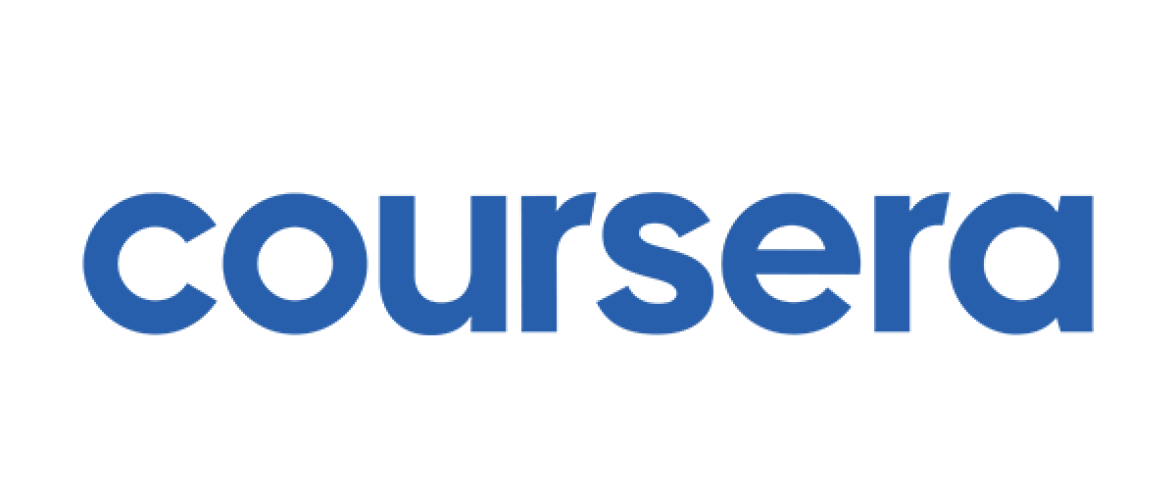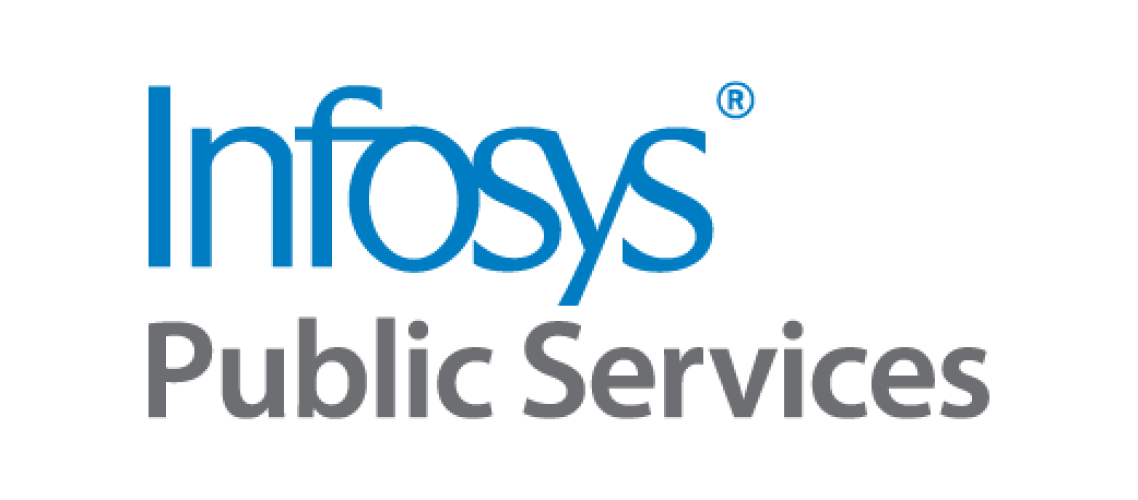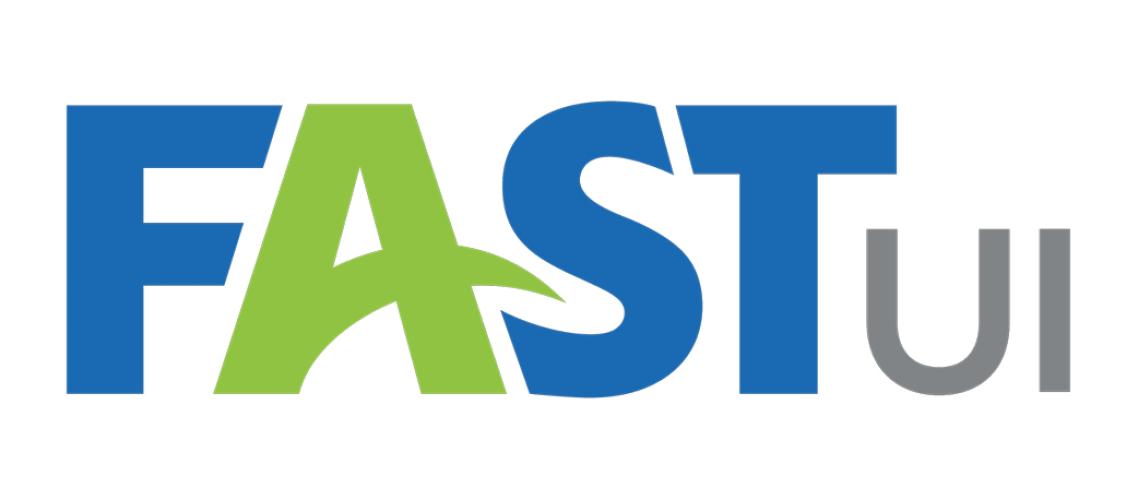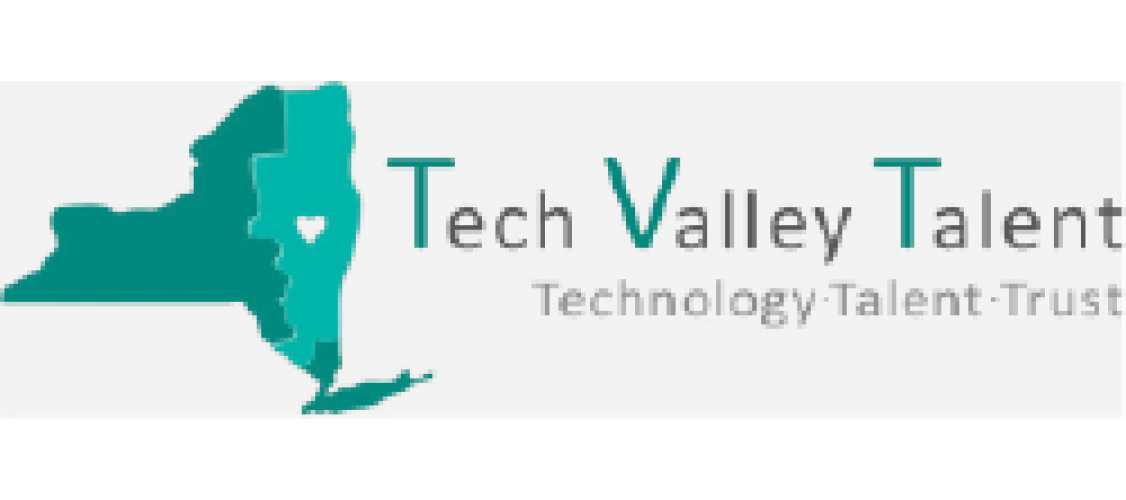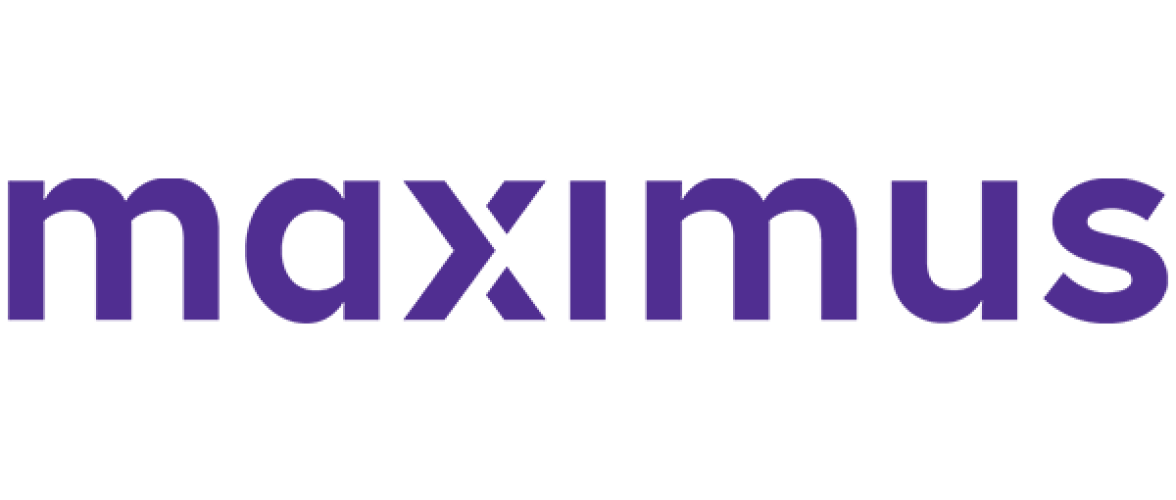NASWA Bulletin - September 18, 2015
In This Issue:
- Congress under Pressure to Pass a Short-Term Government Spending Bill Before New Fiscal Year Begins on October 1
- New Paper Outlines Impact on Workforce Funding
- NASWA Leaders Attend White House Workforce Data Convening Meeting
- New Publication Summarizes Key LMI Provisions in WIOA
- NASWA Webinar Details Changes to Resource Justification Model (RJM)
- Updates: Workforce Innovation and Opportunity Act (WIOA)
- Attend the 2015 UI Conference and IT/Legal Issue Forum as NASWA Celebrates the 80th Anniversary of Unemployment Insurance!
- UI 101 Training for Vendors – Registration is Open!
- Trade Adjustment Assistance: USDOL Releases Guidance
- 2015 UI Integrity Technology Symposium a Success!
- Recently Issued ETA Guidance Letters
Congress under Pressure to Pass a Short-Term Government Spending Bill Before New Fiscal Year Begins on October 1
Although Congress returned to Washington shortly after Labor Day from a five-week summer break, they have less than 10 legislative days to pass a temporary funding bill, known as a continuing resolution, to keep the government funded when the 2016 Fiscal Year begins on October 1.
- House Speaker John Boehner (R-OH) and Senate Majority Leader Mitch McConnell (R-KY) are facing a tight timeline to move the spending bill through both chambers and signed by the President.
- On Wednesday, September 16, Majority Leader McConnell said he has begun negotiations with the House on a short-term continuing resolution that would “stretch until a yet-undetermined date”, providing time for the leadership in Congress and the White House to hold talks about a longer-term spending measure.
- Senator McConnell, Speaker Boehner and their leadership teams will have will have to craft a very delicate compromise to reach agreement with Democratic leaders and the White House on specific funding levels, the length of the continuing resolution, and find a compromise on the Planned Parenthood issue, as a number of lawmakers are proposing to eliminate funding.
- Lawmakers have less than ten days to reach agreement before the new fiscal year starts on October 1, given the papal visit to Washington, D.C. and the Jewish holidays next week.
- Outlook: An agreement will likely not be reached until the last minute. Since Republicans control both the House and Senate they will want to avoid a politically embarrassing government shutdown. Both Speaker Boehner and Majority Leader McConnell want to demonstrate they can govern and have been through contentious government shutdowns over the last 15 years.
New Paper Outlines Impact on Workforce Funding
At the request of NASWA and the National Association of Workforce Boards (NAWB) John Colbert and Jim Sourwine of Capitol Hill Partners, LLC have written a paper analyzing the FY 2016 budget situation and the impact on the workforce system. It summarizes the political situation surrounding the Fiscal Year 2016 budget and more importantly, the impact on workforce funding and WIOA implementation. Please click here for the paper and a summary is below.
- Immediate need to pass a Continuing Resolution (CR)
- Congress has yet to enact any of the twelve annual appropriations bills needed to keep government running each year. A continuing resolution has become a commonplace budgetary mechanism, with at least one being passed each year since 1998.
- Length of the CR
- A decision on the length of the CR has not been reached, but it is likely to stretch through mid-December, which will be accomplished either as a series of short term continuing resolutions or one longer CR.
- The hard work still Remains – Negotiating the FY 2016 Budget
- Once a continuing resolution is successfully negotiated, the real work still needs to begin -- the process of reaching an overall budget agreement. It is likely to be well into December before some resolution one way or another on this spending debate is resolved.
- Full Year CR?
- In the absence of a bipartisan budget agreement, a compromise budget agreement could result in a so-called “CRomnibus” -- a new phrase -- meaning a yearlong agreement that contains detailed funding instructions for some agencies and a continuing resolution (at FY 2015 levels) for others.
- Impact on the Workforce System?
- A short term CR has minimal impact on the workforce system, as the bulk of workforce programming and its funding, including WIOA, operates under a Program Year that begins on July 1, 2016 and much of the other funding is an advance appropriation already allocated via the FY 2015 appropriations bill. There is considerable skepticism whether an agreement will ultimately be reached this year. If not, it is likely a full year CRomnibus, at or close to current funding levels, will be enacted. The good news is that WIOA implementation will continue unabated and the bulk of WIOA formula funding will be delivered to states and localities on July 1st as mandated by statute.
About the Authors:
John Colbert has a twenty-year history as an advocate for workforce programming including as a former Chief of Staff and Legislative Liaison for the Department of Labor’s Employment and Training Administration in the Clinton Administration. He is a frequent speaker at NASWA conferences and will be speaking at NASWA’s 79th Annual Conference October 7-9 in Indianapolis. Mr. Sourwine served on the Labor-HHS Appropriations Subcommittee for thirty-four years overseeing funding for all Department of Labor programs.
NASWA Leaders Attend White House Workforce Data Convening Meeting
Last Friday, September 11, Curt Eysink, NASWA President-Elect and Executive Director of the Louisiana Workforce Commission, along with NASWA Executive Director, Scott Sanders and NASWA Policy Director, Julie Squire attended a White House Workforce Data Convening hosted by the National Economic Council. The meeting was intended to brainstorm the elements needed to collect, link and transparently report information about WIOA-funded training options and their completion, employment, and earning outcomes. The two primary goals were:
- Reach consensus about the key priorities that would be required to have state-level and cross-state comparable training provider scorecards.
- Identify a set of priority actions that state/local areas, the federal government, and the private sector could take in order to accomplish that set of priorities.
The meeting featured remarks from Megan Smith, the White House Chief Technology Officer, Office of Science and Technology Policy and Ryan Burke, Senior Policy Advisor, National Economic Council, Executive Office of the President.
President-Elect Eysink said, “The Workforce Innovation and Opportunity Act gives us a fresh start for measuring and reporting the performance of training providers. It is critical that we all do that well for people trying to figure out where to spend their training dollars and for business and industry, who are trying to figure out where to find their next employee." Some of the discussion focused on the need for occupation data to better understand the value of training programs to employment.
"This gives NASWA and its Technology Committee an opportunity to coordinate information gathering on how states are positioned and what technical assistance they may need to measure training provider performance in terms of the outcomes of their clients," Eysink said.
Other NASWA Members from across the Country in Attendance Included:
- Joseph Billig, Manager, Michigan Department of Licensing & Regulatory Affairs
- Yolonda Boone, Director, Mississippi Department of Employment Security
- Cynthia Forland, Director, Labor Market and Economic Analysis, Washington State Employment Security Department
- Michael Hoskins, IT Director, North Carolina Department of Commerce
- Adam Leonard, WIOA Performance Expert, Texas Workforce Commission
- Patti Schnoor, Technology and Performance Manager, Illinois Department of Commerce and Economic Opportunity
- Rachel Vilsack, Agency Performance Manager, Minnesota Department of Employment & Economic Development
New Publication Summarizes Key LMI Provisions in WIOA
NASWA’s Labor Market Information (LMI) Committee is pleased to release a new publication summarizing the critical role of workforce and the LMI system in WIOA.
LMI Chair Alexandra Hall, Acting Director, Division of Labor, Colorado Department of Labor and Employment, said “My LMI colleagues and I are delighted to release this very important paper highlighting provisions in WIOA that significantly expand the use of economic and labor market information to ensure local areas, with the collaboration of states, are meeting the workforce needs of job seekers and employers. This collaboration between the states and local areas will play a large role in the successful outcome of local and state plans.”
Ms. Hall added, “NASWA’s LMI Committee is especially grateful to the contributions by John Marotta, of the D.C. Department of Employment Services, and Scott Wheeler, of the Washington Employment Security Department, to make this publication a reality.”
Ms. Hall and other Labor Market professionals will be leading a workshop session called “Meeting the WIOA Challenge: Delivering Integrated Labor Market Information (LMI) to Serve Job Seekers and Employers” at NASWA’s 79th Annual Conference in Indianapolis on October 8th from 3:30 to 5:00. Further details on the annual conference can be found here.
NASWA Webinar Details Changes to Resource Justification Model (RJM)
NASWA hosted a webinar on August 28th to update members on “soon-to-be released” changes to the Resource Justification Model (RJM). These changes were recommended by a workgroup of NASWA's Administration and Finance (A&F) and Unemployment Insurance (UI) Committees, along with the U.S. Department of Labor’s, Office of Unemployment Insurance. The webinar was hosted by Jim Van Erden, NASWA’s Senior Policy Advisor, and was delivered by Gay Gilbert, Administrator, Office of Unemployment Insurance, USDOL, and Tom Stengle, Budget Officer, Office of Unemployment Insurance, USDOL.
Because the official guidance is pending approval by the Office of Management and Budget, the webinar updated UI and Finance Directors on the RJM reporting requirements for FY 2016. In particular, there will be a new IT expenditure category and USDOL wanted to ensure that states know they need to collect data next month (October) for next year’s report for the new IT category. USDOL, in April, sought comment on the RJM changes, which was published in the Federal Register.
Updates: Workforce Innovation and Opportunity Act (WIOA)
- Webinar: Overview of Changes to ETA-9130’s Financial Reporting Forms
On Wednesday, September 2, 2015, NASWA hosted a webinar with the U.S. Department of Labor on proposed revisions to Financial Report Form-9130. To watch the webinar, please click here. The featured presenters were Maggie Ewell, Fiscal Policy Manager, Office of Grants Management, USDOL and Debbie Galloway, Senior Fiscal Policy Analyst, Office of Grants Management, USDOL. The proposal reflects significant changes to the 9130’s as a result of the WIOA and the Uniform Guidance. These changes affect both the ETA-9130 reporting form and its instructions as there are numerous new statutory requirements that require additional financial data and reporting. Click here for the Federal Register Notice; Click here for the Supporting Statement/Justification; Click here for the ETA-9130 Edits Summary. - NASWA’s Performance Measurement Group Measures Up!
NASWA’s Employment and Training Committee’s Performance Measurement Workgroup held its fourth meeting on September 2nd, finishing discussions on eight issues related to the proposed reporting templates and data definitions released by the Departments of Labor and Education for implementation of WIOA performance information requirements. Thank you to NASWA members from the following states for providing their time and expertise to help: Tennessee, Washington, New Hampshire, New Jersey, Utah, Indiana, Texas, and Colorado. Based on the excellent advance work of Adam Leonard (TX), who identified issues for and input from all participating states, the Workgroup is preparing a draft set of recommendations to share with Committee and NASWA leadership. The goal is for the Workgroup’s recommendations to facilitate a NASWA-National Governors Association (NGA) response to the proposed reporting templates (comments are due to the federal agencies September 21). NGA staff joined all four of the meetings. - DOL Seeks Comments on WIOA Performance Accountability, Information and Reporting System
The U.S. Department of Labor is soliciting comments on the collection of data for the WIOA Workforce Performance Accountability, Information, and Reporting System. Comments are due by November 2, 2015. ETA Releases Webcast on Information Collection Request (ICR) for WIOA Unified and Combined Plans
What is an Information Collection Request – or ICR? The Employment and Training Administration released a pre-recorded webcast providing an overview of the proposed Information Collection Request for WIOA Unified and Combined State Plans. Presenters from USDOL and the Department of Health and Human Services, discuss the contents of the package, introduce the Information Collection Request, and note the WIOA requirements for state plans. Click here to view the webcast. Click here for the slides, transcripts and additional handouts.Vision for the One-Stop Delivery System
On August 13, the Employment and Training Administration (ETA) released guidance (TEGL 04-15) providing the vision for the one-stop delivery system under WIOA and links to key technical assistance resources to support states and local areas as they integrate this vision into their workforce system. Additional analysis and information will be provided on this TEGL.USDOL Guidance: Unemployment Insurance under WIOA
The Employment and Training Administration released guidance (UIPL 20-15) on the implementation of the unemployment insurance provisions in WIOA. The UIPL, released on August 13, recommends that (1) UI state agencies, beginning, July 1, 2015, begin (if they have not already) working with other workforce partners to develop strategies to implement WIOA; and (2) encourage states, as they develop strategies for WIOA implementation, to consider how to most effectively leverage Federal-State UI programs. Additional analysis and information will be provided on this UIPL.USDOL Guidance: WIOA Technical Amendments
The Employment and Training Administration released guidance on September 17, announcing changes made to WIOA through passage of the Workforce Innovation and Opportunity Technical Amendments Act, Public Law 114-18 signed into law on May 22, 2015. The law contains technical amendments that clarify or correct provisions in title I of WIOA that relate to the designation of local workforce development areas, the use of alternative local boards, references in the performance accountability provisions, and the hold harmless provisions of the Adult and Dislocated Worker formulas.
Attend the 2015 UI Conference and IT/Legal Issue Forum as NASWA Celebrates the 80th Anniversary of Unemployment Insurance!
Enacted into law in 1935, August 14th marked the 80th anniversary of the Unemployment Insurance (UI) program and NASWA will be commemorating this special anniversary at our 2015 National UI Directors’ Conference and IT/Legal Issues Forum in Albuquerque, New Mexico, October 19-22, 2015.
- To register for the meeting, click here;
- To make your hotel reservation, click here;
- For the entire conference website, click here.
The UI system is a unique state-federal partnership, based on Federal law, but administered by state employees under state law, and over the last 80 years, it has changed in a number of ways. Celebrating the program’s 80th anniversary this October provides an opportunity to reflect upon these changes; but also to share innovative ideas, policies and best practices to meet the challenges confronting us today and the years ahead.
The Forum touches upon virtually every aspect of UI system; and will provide tools, innovations, and solutions to regional and national issues. The opening speakers include Gay Gilbert, Administrator, Office of Unemployment Insurance, USDOL who will discuss the role of the UI system in the 21st Century and a distinguished speaker from the Federal Bureau of Investigation who will discuss how to investigate and combat fraud and the responsibilities and burdens associated with big data especially in public service.
Some of the sessions and workshops feature the following: The Role of Unemployment Insurance in the 21st Century; Maximizing Your State’s UI Recoveries with the Treasury Offset Program; UI 101 tailored to new UI Directors and Managers; Best Practices for UI Data Analytics; The impact of the Workforce Innovation and Opportunity Act (WIOA) on UI; Modernizing UI Systems; Misclassification; Reemployment Strategies to Engage Employers; Approaches to Prevent and Detect UI Fraud and many more!
For the complete conference agenda, please click here. On behalf of the New Mexico Department of Workforce Solutions we look forward to seeing you in Albuquerque this October.
UI 101 Training for Vendors – Registration is Open!
NASWA’s Information Technology Support Center (ITSC), will be offering UI 101 Training for Vendors in Washington, D.C. on September 29 – October 1, 2015. This training is designed to introduce participants to the basics of the UI Benefits and Tax regulations and processes at both the national and state level. To register, please click here and for a complete description, please click here. For questions, please contact John Quichocho at (202) 650- 5165 or jquichocho@naswa.org.
Who should attend?: Vendor and contractor staff and project managers who are interested in working with State UI Agencies on their Unemployment Insurance Information Technology Modernization project for one or more states. Class size is limited to 30 participants
The program will feature the following topics below.
History and purpose of the UI program:
- Beginning with a brief overview, participants will go through the steps in filing a claim, including: calculations for a monetary benefit amount; determining eligibility for benefits based upon the reason a person is no longer working, and whether the individual is able, available and actively seeking work.
Employer’s Role:
- Participants will learn about the employer’s role in the UI system, including: establishment of a business entity within a state; signing up for an account with the appropriate state UI agency; reporting of quarterly wages; reporting new hire and separation information; and responsibility for payment of taxes. The training will also include an overview of the different claim types; system interfaces; data exchanges; UI claimant and employer appeal rights; and overpayments, adjustments and fraud issues.
Trade Adjustment Assistance: USDOL Releases Guidance
On September 4, USDOL released Guidance to assist states implement the Trade Adjustment Assistance (TAA) Reauthorization Act of 2015 (TAARA 2015). The legislation was signed into law by President Obama on June 29, 2015, Public Law 114-27, and restores the worker group eligibility and benefits established by the Trade Adjustment Assistance Extension Act of 2011 (TAAEA). The law also authorizes the operation of the 2015 Program and continuation of the 2002 Program, the 2009 Program, and the 2011 Program through June 30, 2021.
Previously issued guidance for the 2002 Program, the 2009 Program, and the 2011 Program remains in effect for participants in those programs. It provides a 90-day transition period for Reversion 2014 Program participants; expands coverage of certifications of petitions filed since January 1, 2014 for 90 days; requires reconsideration of negative determinations on petitions filed since that date and before the date of enactment under 2015 Act certification requirements; and reauthorizes the Health Coverage Tax Credit benefit for eligible TAA participants.
2015 UI Integrity Technology Symposium a Success!
With over 300 professionals attending the 2015 UI Integrity Technology Symposium held September 1-2 in Washington, D.C., the conference provided a great forum for exchanging information and successful practices on integrity efforts.
“The conference, with attendance from 53 states and territories, underscored the importance states are placing on UI integrity issues and the need for the UI Integrity Center of Excellence to assist states in their efforts,” said Project Director Randy Gillespie. “It was incredible to have all of the states, our federal partners and the vendor community, come together and discuss ways technology can help prevent and reduce UI fraud and improper payments.” Coming Soon – Presentations from the Symposium will soon be available on the UI Community of Practice website under the Excellence tab.
Recently Issued ETA Guidance Letters
Unemployment Insurance
- August 20, 2015: UIPL Letter 21-15: Provides Fiscal Year (FY) 2016 State Workforce Agency Unemployment Insurance (a) Preliminary FY 2016 dollar and staff year base resource planning targets for UI operations to be used in planning and developing State Quality Service Plans; (b) General guidelines for FY 2016 resource planning; and (c) An explanation of how USDOL allocates base resources among states.
- August 12, 2015: TEN 05-15: Makes Available the Significant Provisions of State Unemployment Insurance Laws Effective July 2015
- August 7, 2015: UIPL Letter 19-15: Provides notification of new Employment and Training Administration (ETA) Form 9165 for required reporting of quarterly progress and implementation updates for UI SBR grants.
Veterans' Services
- August 18, 2015: TEN 06-15: Makes available an interim report on "Veterans' Licensing and Certification Demonstration."
General Guidance
- September 17, 2015: TEN 9-15: Announces and seeks nominations for the Federal-State Unemployment Compensation (UC) Legislative Seminar.
- September 1, 2015: TEGL No. 29-14, Change 2: Changes previous guidance TEGL 29-14, Change 1 to correct the Executive Level II salary cap to $183,300 and is in the Background section on page 2. The second change makes four corrections to Attachment A and is underlined on the Attachment. The remainder of the TEGL remains unchanged. Click here for TEGL 29-14.
- August 18, 2015: TEGL No. 07-15: Announces a New Research Report: Evaluation of the Re-Integration of Ex-Offenders (RExO) Program: Two-Year Impact Report
- July 31, 2015: TEGL No. 04-15: Announces a white paper on Registered Apprenticeship Programs: Improving the Pipeline for People with Disabilities.
For questions or comments, please contact NASWA Bulletin Editor Marc Katz at mkatz@naswa.org.



